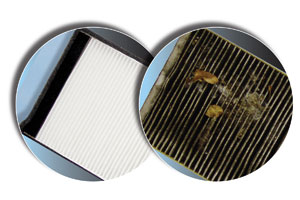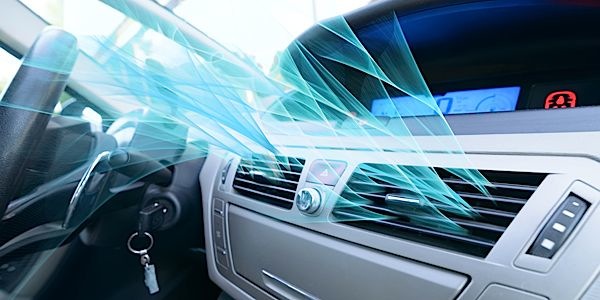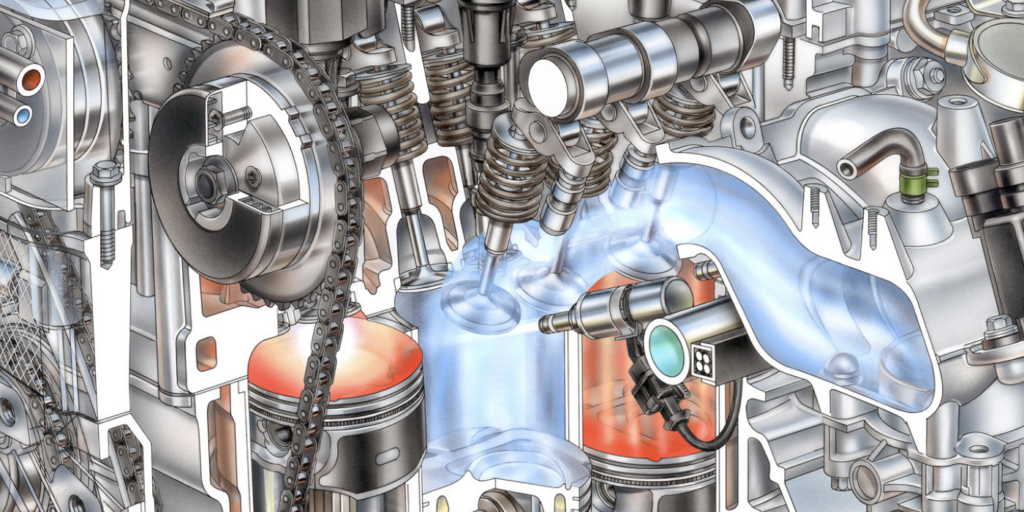If you are driving a vehicle with cabin air filters you are in luck, especially if you reside in a metropolitan area where air pollution levels are high or if you suffer from a respiratory condition such as asthma or seasonal allergies.
 Cabin air filters capture potentially harmful particulates so they are not recycled into the passenger compartment and compromise the driving comfort of the people in the vehicle.
Cabin air filters capture potentially harmful particulates so they are not recycled into the passenger compartment and compromise the driving comfort of the people in the vehicle.
Normally, motorists roll down their windows to get ‘fresh’ air. Instead, you may want to roll up the windows to prevent the environmental pollutants from entering your vehicle because, whether you turn on the air conditioning or open the fresh air vent, the cabin air filter will provide clean, fresh air while filtering out the environmental pollutants.
According to the Asthma and Allergy Foundation of America (www.aafa.org) 60 million Americans (one in every five) suffer from asthma and seasonal allergies and the numbers are increasing. To highlight the problem and related issues with children and adults, May has been declared National Asthma and Allergy Awareness Month.
"For people who suffer from a respiratory-related illnesses or those who are passionate about breathing clean air, cabin air filters are an extremely useful feature on vehicles," said Ramon Nuñez, Director of Filtration for Bosch, joint venture owner of Purolator Filters NA LLC.
Inventor of the first automotive oil filter in 1923, Purolator offers premium quality BreatheEASY cabin air filters for most domestic and imported vehicles. Purolator’s BreatheEASY cabin air filters feature a non-woven, engineered media that traps even the finest particles of harmful dust, soot and pollen, adsorbs most toxic odors, and reduces the accumulation of dust inside the car.
A cabin air filter may also be called a pollen filter, air-conditioning filter, passenger compartment air filter, interior ventilation filter or dust filter.
Two kinds of cabin filters are available for modern vehicles – the particulate cabin filter and the activated charcoal cabin filter. The particulate cabin filter features a multi-layer design with pleats that provide more surface area to filter out pollutants. Other features include foam perimeter gaskets and an injection-molded frame when specified by the vehicle manufacturer. The activated charcoal cabin filter goes a step further. It adsorbs most toxic and foul-smelling gases such as ozone, nitrogen oxide, sulfur dioxide and hydrocarbons. The additional cover layer makes for extra protection.
Purolator offers both particulate type and activated charcoal type cabin filters for many vehicles, and you can replace a used cabin filter with either type, regardless of which was installed by the vehicle’s manufacturer.
Recent estimates show that since 2001 approximately 45 million vehicles in the U.S. have been factory-equipped with cabin air filters. Refer to your owner’s manual or check with your technician to see if your vehicle has one. The cabin air filter may be located behind the glove box, under the hood near the windshield, or under the dash.
According to Nuñez, the time it takes to install a cabin air filter professionally or otherwise varies with the make and model of the vehicle. Each Purolator BreatheEASY cabin air filter comes with a vehicle-specific instruction sheet that shows the location of the filter as well as gives step-by-step installation instructions.
"It can take anywhere from 10 minutes to an hour, depending on where it is located and how difficult it is to reach," Nuñez said.
Purolator manufactures and supplies high quality automotive filters to the North American aftermarket. Inventor of the automotive oil filter in 1923, Purolator has, since then, pioneered more than 40 ‘firsts’ in the filtration industry. In fact, the first automotive oil filter was called a ‘Purolator,’ short for ‘pure oil later.’ Currently, the Purolator brand has more than 2,000 part numbers for automotive, light truck and heavy-duty applications. Now part of the Bosch umbrella of automotive aftermarket products within NAFTA, Purolator’s advanced aftermarket filters include:
• PureONE and Purolator Classic oil filters;
• PureONE and Purolator Classic air filters;
• BreatheEASY cabin air filters; and
• The ‘forgotten filters,’ including transmission filters, fuel filters, breathers and PCV valves.
To learn more about Purolator filters and the filtration category, visit www.purolatorautofilters.net.












